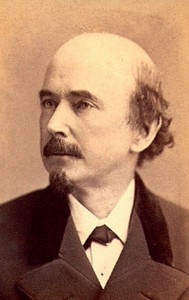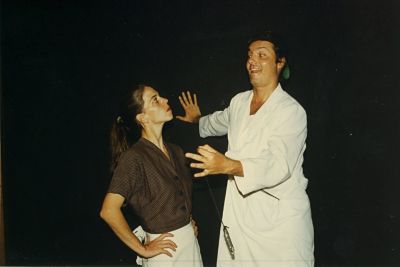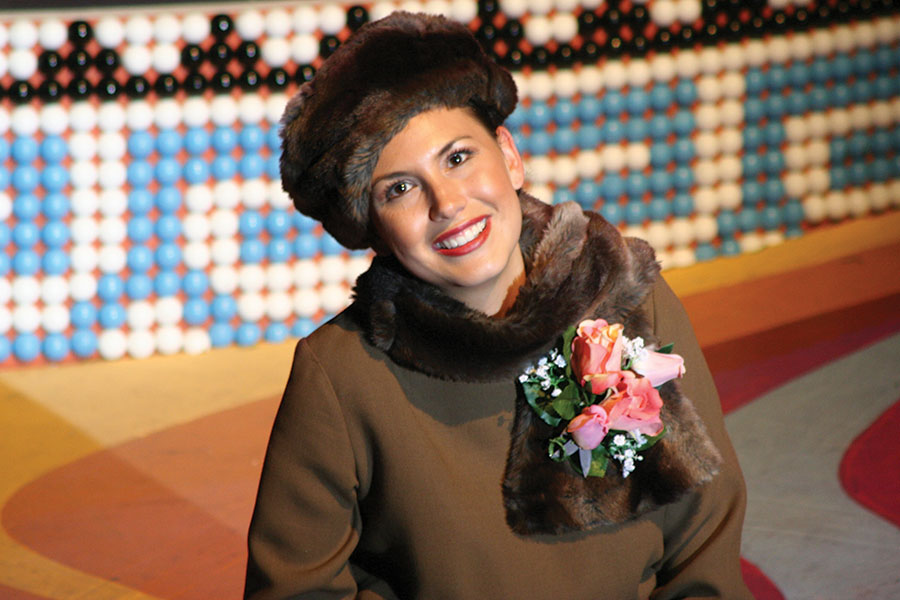195 YEARS AGO (1821)
The African Grove Theatre, also known as the African Company, is referenced for the first time in print. The New York City group, an all-black troupe established by William Brown, is arguably the first theatre company made up of exclusively American performers. They will present Richard III in September and will be the first to present Othello with a black actor in the title role.
165 YEARS AGO (1851)
Comedic actor George Holland and his company, Placide’s Varieties of New Orleans, begin a two-week engagement at Mazourka Hall in St. Paul, Minn. This opening show features Holland as six separate characters in the farce A Day After the Fair. Historians will record this as Minnesota’s first professional theatrical performance of note.

110 YEARS AGO (1856)
The U.S. introduces the first copyright protection for playwrights, thanks to efforts led by Irish dramatist Dion Boucicault. The legislation gives authors of plays “along with the sole right to print and publish the said composition, the sole right also to act, perform, or represent the same.”
30 YEARS AGO (1986)
The United States Institute for Theatre Technology publishes the DMX512 dimmer protocol standard. The introduction of this protocol marks a landmark moment in computerized lighting technology, since equipment often wasn’t interchangeable; DMX512 will ensure that all lighting consoles, dimmers, and other devices speak the same language.
25 YEARS AGO (1991)
Dan Kwong’s Treasure in the House, reportedly the L.A. area’s first Pacific/Asian-American performing and visual festival, offers its first installment at Highways Performance Space in Santa Monica, Calif. This initial year of the monthlong event involves 30 performers and writers, who present two separate works each week for the duration of the festival.

20 YEARS AGO (1996)
Ensemble-based theatre collective Rude Mechs hosts a benefit to help launch the world premiere of Pale Idiot, their inaugural production, which will go up in October. The Austin-based company will borrow techniques from the feminist collectives of the 1970s, creating work in a non-hierarchical collaboration with six coproducing artistic directors who function like “a cycling team.” Their work will appear in many locations in the U.S. and abroad, including Kentucky’s Actors Theatre of Louisville, Lincoln Center Theater in NYC, and Washington, D.C.’s Woolly Mammoth Theatre Company.
10 YEARS AGO (2006)
The Chickasaw Nation presents the world premiere of JudyLee Oliva’s Te Ata, reportedly the first play professionally produced by a Native American tribe, at University of Science and Arts of Oklahoma. During the weeklong run, audience members come from 30 U.S. states to see the piece, which is inspired by the life of Chickasaw storyteller Te Ata Fisher.





